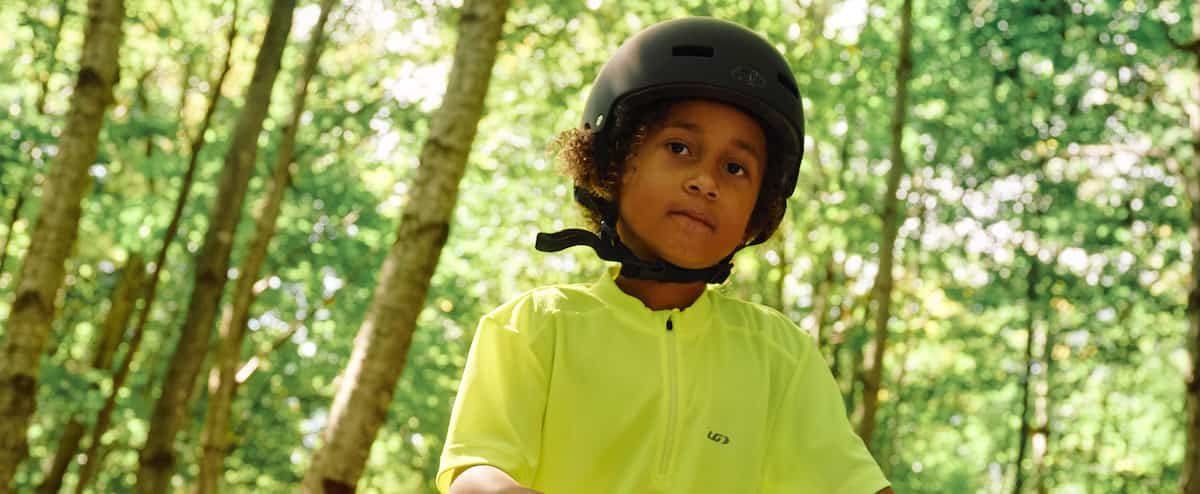The bike grows with the child riding it, as they gain confidence and develop their abilities. A bike well suited to their size and abilities will maximize their enjoyment and facilitate their learning. Here are eight pitfalls to avoid and criteria to follow to make the right choice.
1. Not too big
Some parents consider buying a bike that is too big, so that the child can use it longer. However, if he cannot place his feet on the ground when seated on the seat or easily turn the handlebars, his safety is compromised. “The child will have difficulty controlling his bike and stopping, then he risks falling,” says Éric Pérusse, equipment buyer at SAIL.
2. Change at the right time
Conversely, when parents are slow to change the bike of their little one who has grown up, he could knock his knees on the handlebars and even go over it. “A very short bike tends to be very jumpy and harder to maneuver,” says Pérusse. Obviously it is possible to adjust the handlebars and the saddle, but when the limit is reached, it is time to change.
3. Check used bikes
When you receive a second-hand bike or find one at a good price, it is essential to make sure that it is suitable for the child and to carry out the necessary maintenance, by going to a bike workshop to receive advice and get a tune-up.
4. Shopping with the child
When the decision to buy a new frame is made, the child must take part in the shopping spree, because it is not enough to tell the seller the child’s age for the latter to find the ideal model. Not only must the bike be suitable for his size, but also respect his abilities. So he should try it.
5. The balance bike to start
Learning to ride a bike on a ride without pedals (draisienne) “will greatly help the child develop his proprioception on the bicycle,” says Mr. Pérusse, in addition to taming balance and turns. When he knows how to move, he can learn to pedal.
6. The beginner’s bike
The size of the bikes is calculated in inches (from 12 to 26 inches), which corresponds to the diameter of the wheels. Sitting on the ideal bike, the beginner child will be able to put his feet flat on the ground, will have ease getting on and off his mount, then will be able to turn the handlebars to take a turn. “Safety first,” says Mr. Pérusse. We don’t want the child to be lying on the bike if it’s too long or for its knees to touch the handlebars if it’s too small,” he continues. The smallest bikes do not have gears and have coaster brakes which they must slowly master, just like the rotary movement of the pedals.
7. Brakes and gears
On a slightly larger bike, the child will then discover the brake levers on the handlebars, then the pleasure of changing gears to reduce effort and maintain the pace. The tires on these bikes are typically off-road, displaying tread in the center and studs on the sides.
8. Follow their interests
Over time, the child will develop his abilities and interests. From the 20-inch bikes, he can choose between hybrid, mountain or road tires, then choose other options that are also available on adult bikes, to continue developing his passion.
